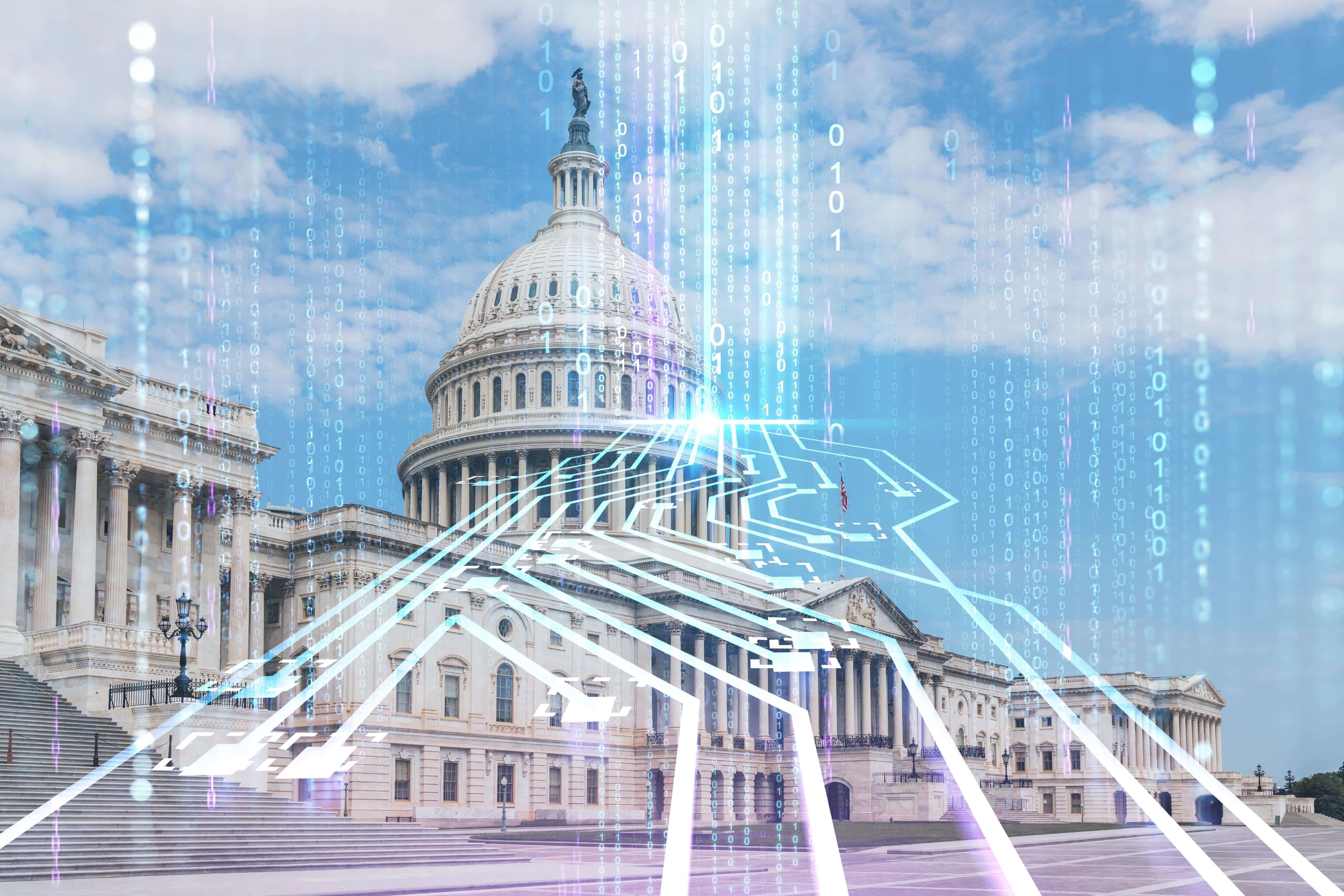The Chaotic Advantage: Understanding AmericaS Innovation Ecosystem in the AI Race
Introduction: The Chaotic Engine of AI Progress
In today’s rapidly evolving technological landscape, America’s innovation ecosystem has emerged as one of the world’s most powerful engines in the global race for artificial intelligence (AI) supremacy. Unlike centralized or rigid innovation systems found in other nations, the American model thrives on a paradoxical blend of order and chaos. This “chaotic advantage” creates fertile ground for disruptive breakthroughs, rapid iteration, and cross-sectoral collaborations that accelerate AI research and deployment.
This article explores the pillars of this ecosystem—startups, research institutions, government support, and corporate giants—while highlighting how their interplay shapes the trajectory of AI innovation in the United States.
What Is the Innovation Ecosystem?
The innovation ecosystem refers to the interconnected network of organizations, individuals, and resources that collectively drive discovery, experimentation, and commercialization of new technologies.
In the context of AI, this ecosystem is composed of:
Startups – agile, risk-taking companies pushing boundaries.
Research Institutions – universities and think tanks producing groundbreaking studies.
Government Agencies – providing funding, regulation, and strategic direction.
Corporate Giants – allocating massive resources to research and global deployment.
The Chaotic Nature of American Innovation
Diversity of Ideas
The American innovation culture embraces diverse perspectives—from immigrant entrepreneurs in Silicon Valley to interdisciplinary teams at research universities. This diversity fosters creative problem-solving and leads to unexpected AI breakthroughs.
Rapid Iteration
Unlike rigid systems where bureaucratic approval slows experimentation, America’s ecosystem encourages trial, error, and rapid pivoting. Startups and labs can test, fail, and refine at record speed.
Cross-Sector Collaboration
Partnerships between academia, industry, and government have become a hallmark of American AI progress, ensuring that ideas move seamlessly from theory to real-world application.
The Role of Startups in AI Advancement
Startups are the lifeblood of disruption in the AI ecosystem. Their agility allows them to explore niche solutions while challenging established methods.
Key contributions include:
Disruptive Technologies – from generative AI tools to robotics startups redefining automation.
Adaptability – ability to pivot quickly when markets or technologies shift.
Venture Capital Magnetism – billions of dollars in VC funding flow into AI startups each year.
👉 Example: Companies like OpenAI, once a startup, redefined the possibilities of language models. Others like Anthropic, Cohere, and Stability AI illustrate how small teams can disrupt entire industries.
Research Institutions: The Backbone of AI Innovation
Universities and research centers are America’s intellectual engines.
Cutting-Edge Research – MIT, Stanford, and Carnegie Mellon consistently publish pioneering work in deep learning, robotics, and reinforcement learning.
Talent Development – academic programs train thousands of future AI engineers and scientists annually.
Collaboration with Industry – partnerships allow research ideas to scale into real-world products.
Research institutions not only produce knowledge but also cultivate the human capital necessary to sustain America’s leadership in AI.
Government Support: Shaping the Rules of the Race
The U.S. government plays a critical role in funding, guiding, and regulating AI innovation.
Funding Initiatives – DARPA and NSF grants drive frontier research.
Policy Development – AI ethics frameworks ensure responsible deployment.
Public-Private Partnerships – collaboration with industry enhances resource allocation.
Recent initiatives such as the National AI Research Resource (NAIRR) aim to democratize access to computational power for AI research, ensuring inclusivity and competitiveness.
Corporate Giants and Their Influence
Tech titans like Google, Microsoft, Meta, and Amazon anchor the ecosystem.
Massive R&D Investment – billions spent annually on AI labs.
Acquisition of Startups – Google acquiring DeepMind, Microsoft investing in OpenAI.
Global Reach – corporations scale innovations to billions of users worldwide.
Corporate giants bring stability, resources, and global deployment capabilities to America’s AI ecosystem.
The Intersection of Chaos and Order
What makes the U.S. ecosystem unique is the balance of chaos and structure.
Dynamic Problem Solving – chaotic idea collisions spark novel solutions.
Resilience – diverse actors adapt quickly to global shocks (e.g., chip shortages, regulatory changes).
Sustained Growth – continuous disruption fuels not just AI but also adjacent sectors like healthcare, defense, and finance.
Global Implications of America’s Chaotic Advantage
The U.S. model stands in contrast to China’s centralized strategy and Europe’s regulation-first approach. The chaotic advantage ensures America remains fast, resilient, and innovative.
This approach, however, also raises risks:
Unequal resource distribution between startups and tech giants.
Ethical dilemmas in the rush to deploy AI.
Dependence on venture capital cycles.
Still, the competitive edge remains undeniable: chaos fuels breakthroughs, and breakthroughs fuel leadership.
Conclusion
America’s chaotic yet dynamic innovation ecosystem functions as a powerful engine for AI advancement. By harnessing the synergy of startups, research institutions, government support, and corporate giants, the U.S. maintains a global leadership role in AI.
As the AI race intensifies, this chaotic advantage will continue to shape not only America’s technological progress but also the future of global innovation.


